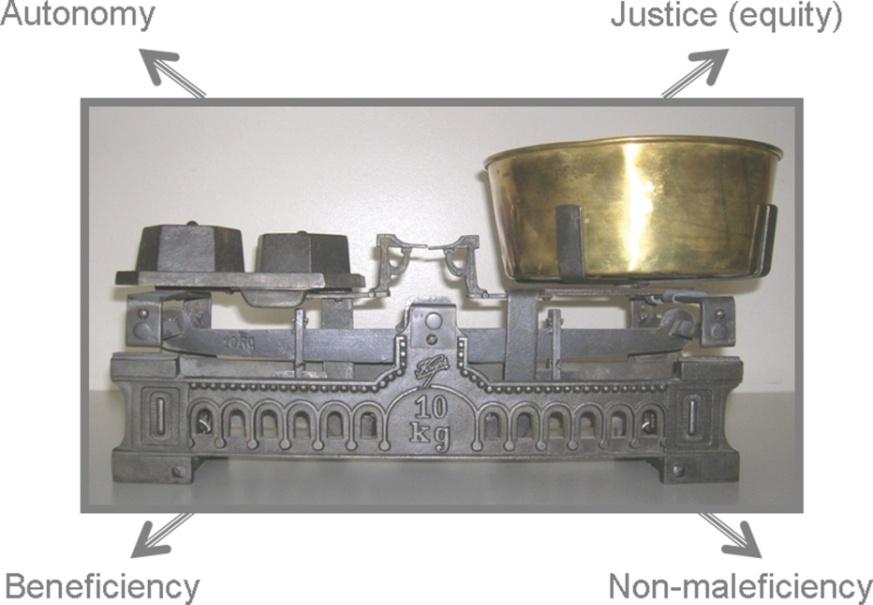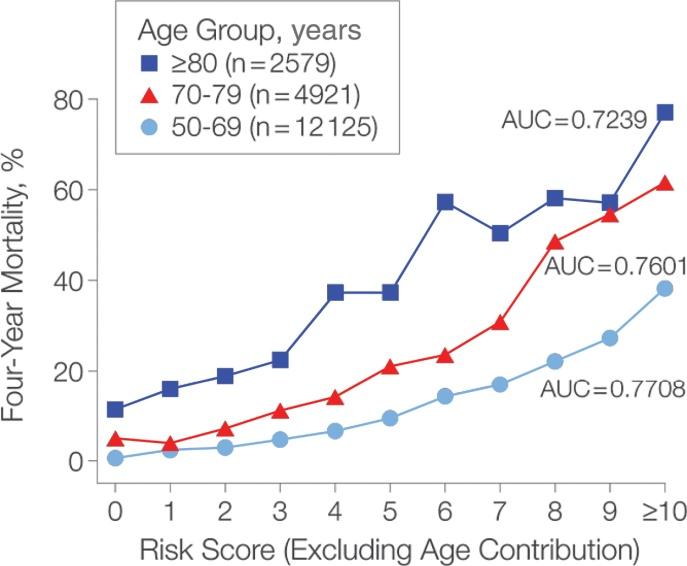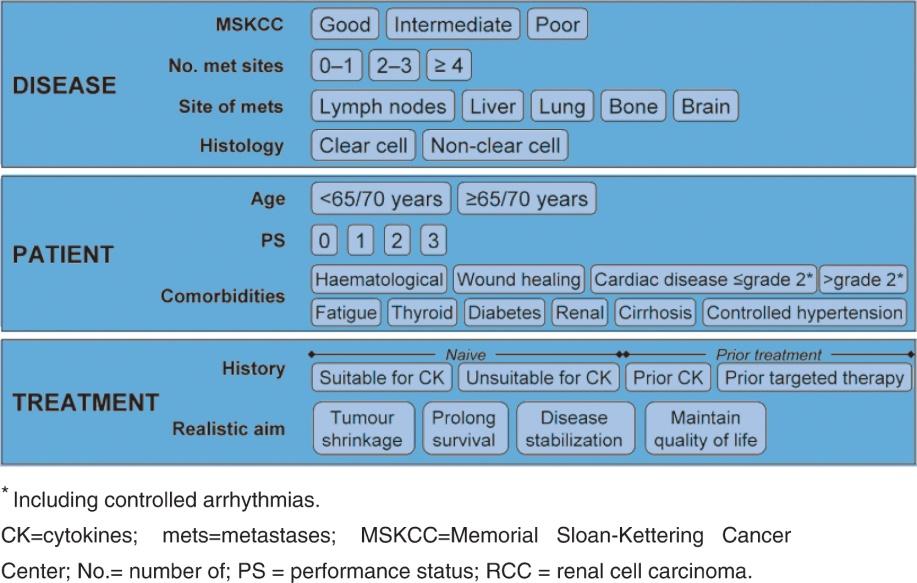
2 minute read
Management of the Caregiver
The home caregiver is essential to the management of older cancer patients, not only for those suffering from disability or memory disorders. The most basic requirement of the caregiver is to be readily available in case of emergency and to be capable of providing timely transportation of the patient to a care centre. Ideally, the caregiver should be able to provide emotional support to the patient to enhance the adhesion to the treatment programme; to ensure that the patient receives adequate nutrition and exercise; and to identify signs of distress or deconditioning. The caregiver may function as the spokesperson of the family when many different family members are involved in the care of the patient and be required to mediate conflicts among different relatives with different agendas. Even healthy elderly patients may develop chronic complications of cancer treatment, including fatigue and deconditioning, that are harbingers of disability and death. The caregiver may be pivotal in the prevention of these complications by encouraging the patient to exercise and to maintain a healthy lifestyle during treatment.
As the caregiver has this central role in the management of the older cancer patient, the physician, with the help of the team, should be able to identify and support the caregiver.
Advertisement
The evaluation of the caregiver includes the identification of this person, who is generally designated by the patient, and the recognition of potential shortcomings of the caregiver. Common problems include the following:
• The caregiver is an older spouse with health problems of his/her own. This person may not be able to undergo the heavy caregiving task and needs to be aided by a younger and healthier person. In extreme circumstances, when a more able caregiver is not found, the patient may need institutionalisation (at least for the treatment duration). • The caregiver is an adult child, most commonly a daughter, with a profession and a family of his/her own. The main difficulty for this person is how to accommodate in a busy schedule the demands of caregiving along with those of their profession and of a younger family. This syndrome is referred to as the “Aeneas syndrome” from
Raffaello’s depiction of Aeneas in the Vatican’s Stanze di Raffaello. There the Trojan hero is represented as carrying his older father on his shoulder and holding his young son with his left hand. In this case, it is important to know if the caregiver can get adequate respite from other family members and can conciliate family and work.
Caregiving is associated with a number of health problems, at least in the case of caregiving for Alzheimer patients. These include increased mortality, increased incidence of depression, increased risk of repeated infections, and delayed wound healings.
The management of the caregiver is a responsibility of the whole team and includes the following:





